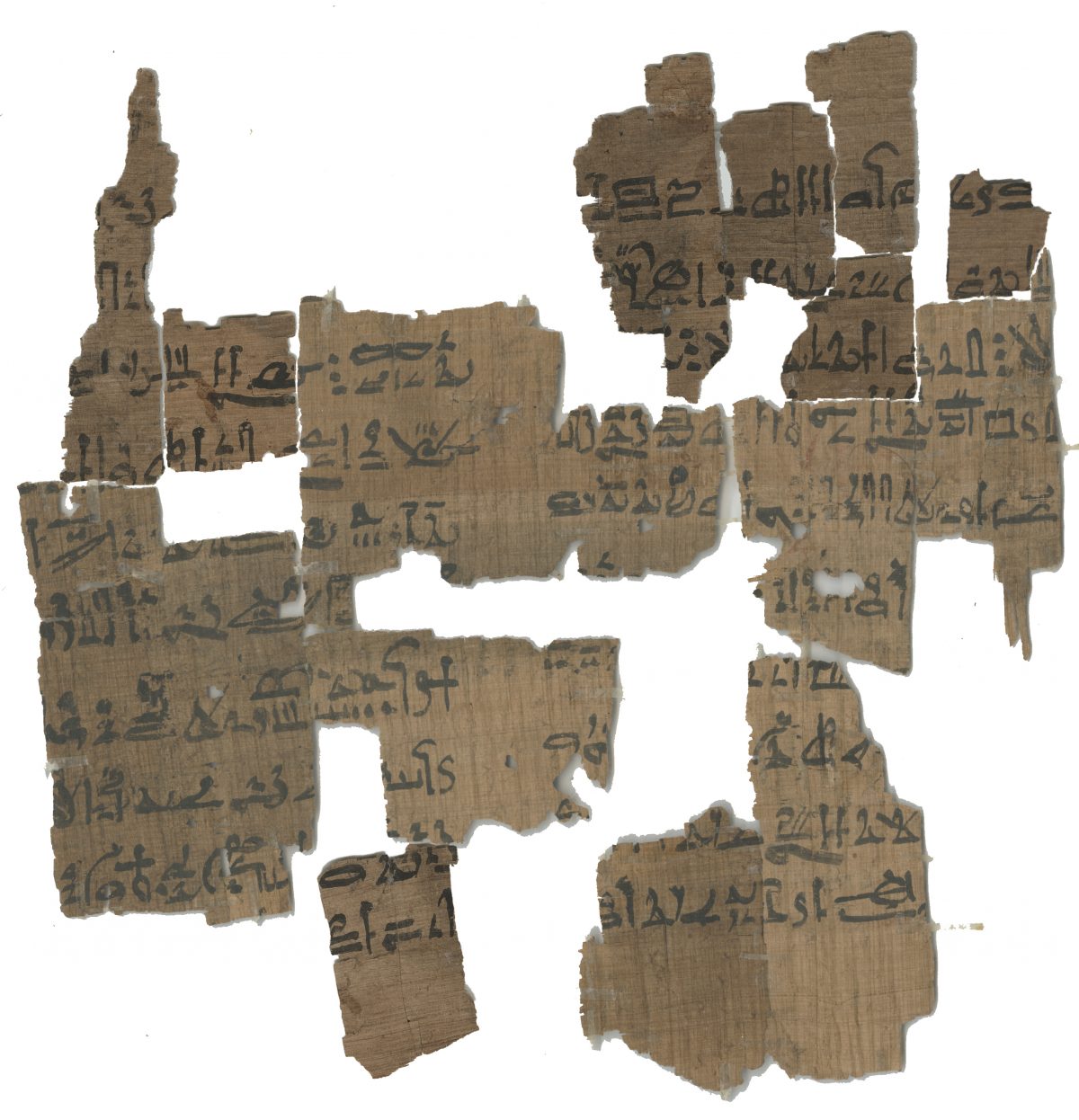The Satirical Letter of Hori is a literary text dating back to the Ramesside period.The most complete copy of this text is currently kept in the British Museum’s collection of Egyptian antiquities, and known as the “papyrus Anastasi I” (= p. BM EA 10247). Beside, dozens of ostraca, mostly from Deir el-Medina, show some copies of various passages of the Satirical Letter of Hori, a text that quickly became a “classic” of the contemporary Egyptian literature and was used as such by scribes to teach their apprentices.
Some rare copies of the Satirical Letter of Hori are also known on papyri, but those are limited to few fragments and incomplete versions of the text. Some of the best preserved ones are kept in the Museo Egizio di Torino, and although they were partially published in the past, they are still waiting for a physical reconstruction to be better understood, as many small fragments can be joined to the main ones.
My post-doc project aims to study and provide a new scholarly edition of these texts, including transcription, translation and philological commentary. But those copies of the Satirical Letter of Hori are also inscribed on their verso with various administrative texts, and therefore fall in the so-called category of the “heterogenous papyri”. Hence, the purpose of the project is also to study those papyri as a whole, from a material, historical, and contextual point of view, and to cross boundaries between the literary recto and the administrative verso: how, when, by whom, for what purpose were both sides of those documents written? What is their micro-history? Do they belong to local archives? Can we identify their authors? What can we say from their study about the scribal practices in Ancient Egypt?

